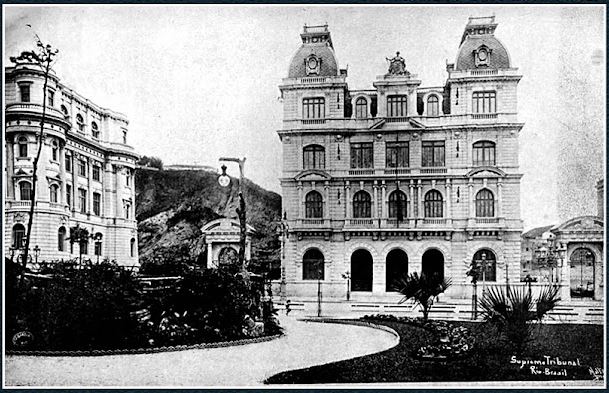Separation of powers, financial autonomy and the supreme court:
funds transfers, spending cuts and the bailout game according to the the Brazilian Supreme Court
DOI:
https://doi.org/10.46818/pge.v4i2.240Keywords:
Court funding;, fiscal responsibility, spending cuts, austerity policies budget constraints.Abstract
This paper examines the judicial review of the Supreme Court over disputes between Powers involving monthly funds transfers between 1988 and 2020. The research sought to answer the following questions: How does financial autonomy limit the spending cuts according to the ADI 2238/DF case? What are the limits of financial autonomy according to judgments established in MS 31671/RN, MS 34483/RJ and ADPF 405/RJ? What do the numbers say about the STF's position concerning funding? To this end, we analyzed some paradigm judgments and 42 decisions of the STF presidency on “duodécimos” between 1988 and 2020, which were submitted to results analysis criteria to determine the degree of deference of the Supreme Court Federal to the financial autonomy of the Powers or, on the other hand, to the fiscal administration carried out by the Executive Power. The research points out that the Supreme acts as an “informal Moderating Power” in budgetary conflicts between the branches of State Powers – replacing the figure of the Executive Power in §3 of art. 9 of the LRF (judged unconstitutional) and affecting the bailout game and budget constraints between Powers and Institutions. Regarding the degree of deference to the decisions of the Supreme Court presidency, the survey concluded that: 47.6% of the decisions (20 cases) were favorable to the Executive Branch, 38.1% of the decisions (16 cases) were unfavorable to the Executive Branch; and 14.3% of decisions (6 cases) were neutral.
Downloads
Downloads
Published
How to Cite
Issue
Section
License
Copyright (c) 2021 Caio Gama Mascarenhas

This work is licensed under a Creative Commons Attribution-NonCommercial 4.0 International License.
By submitting a manuscript, authors agree to the terms of the Copyright Notice. They also authorize Revista Eletrônica da PGE-RJ to publish this manuscript under a Creative Commons Attribution-NonCommercial 4.0 International License and recognize it as a vehicle for its original publication.




















